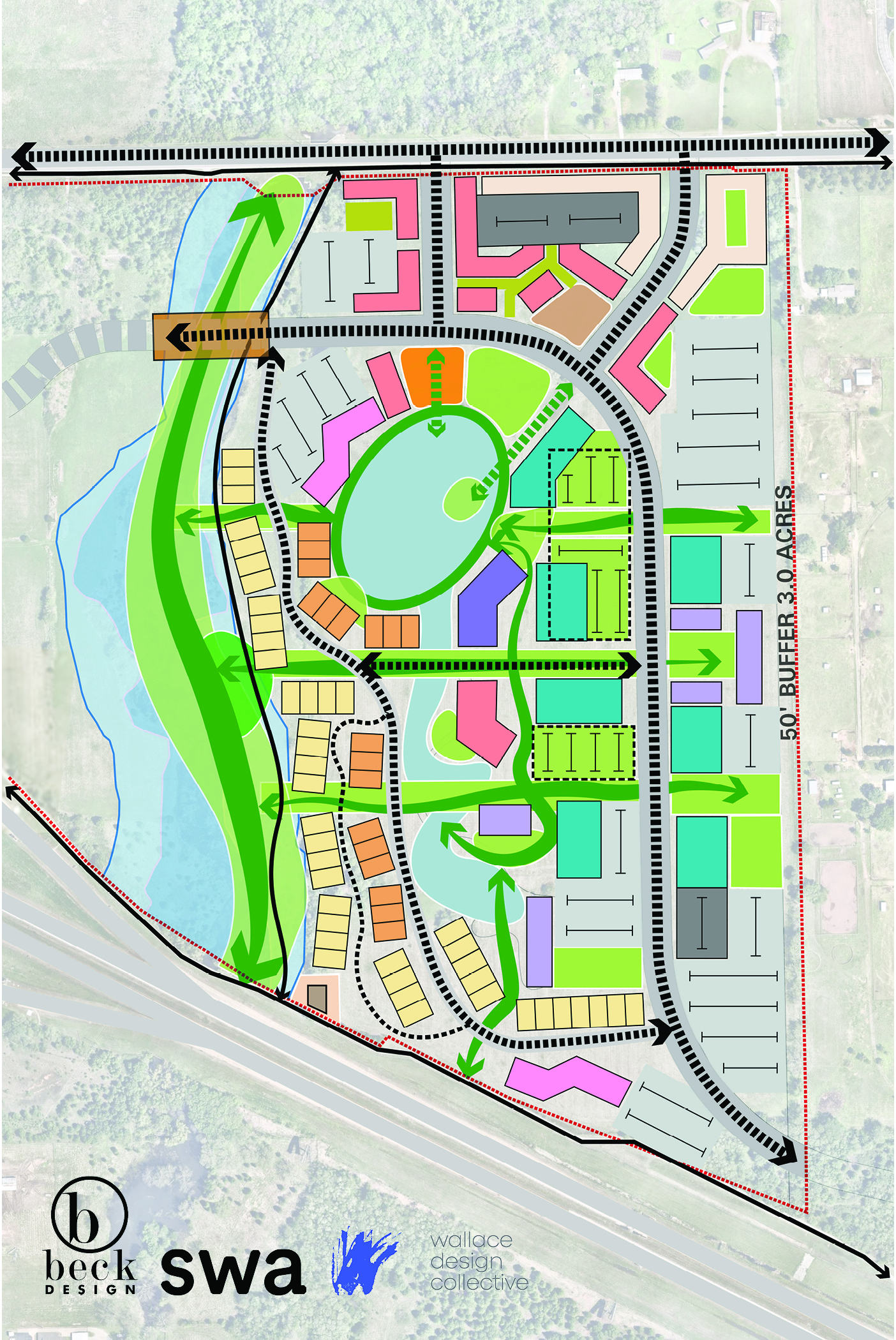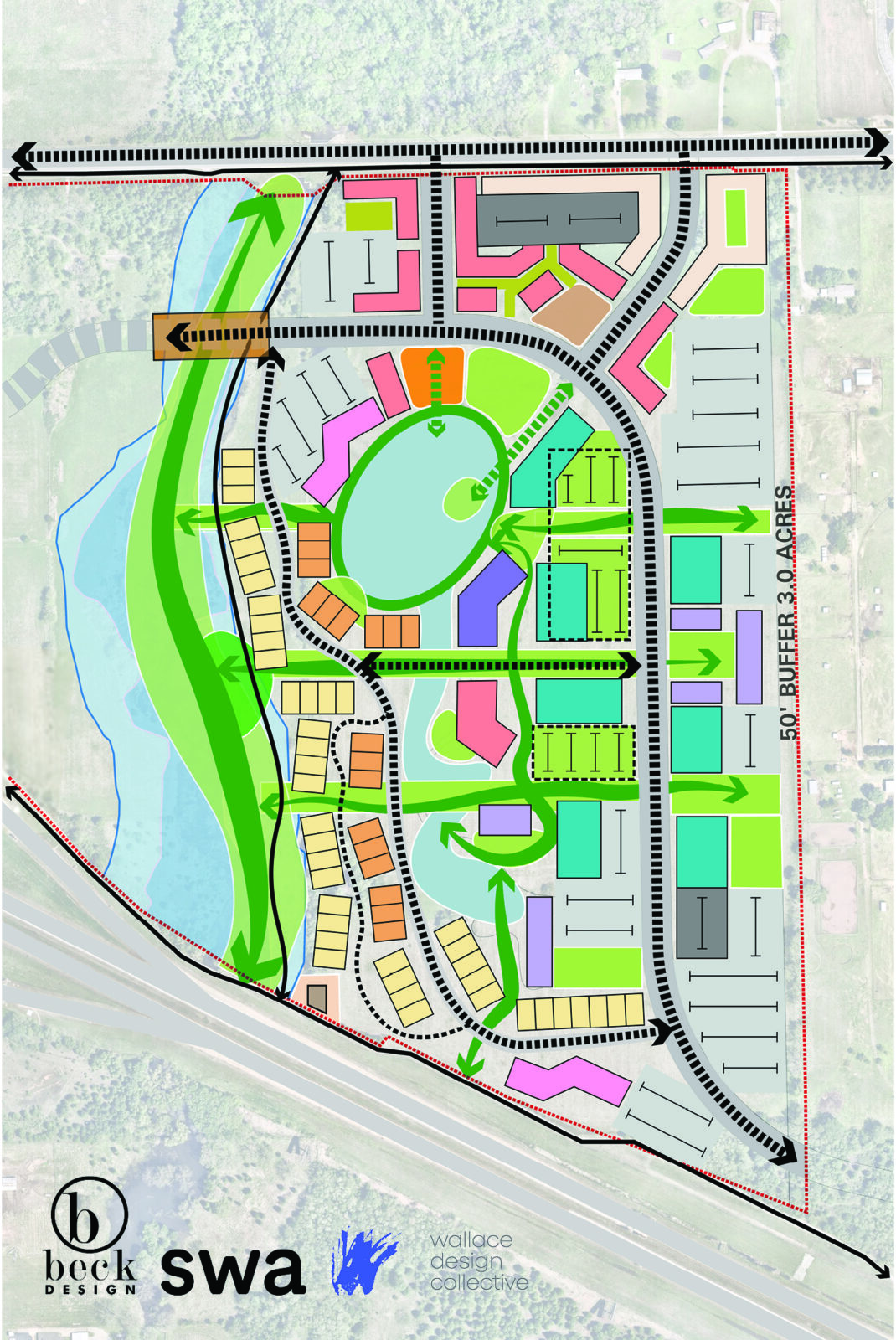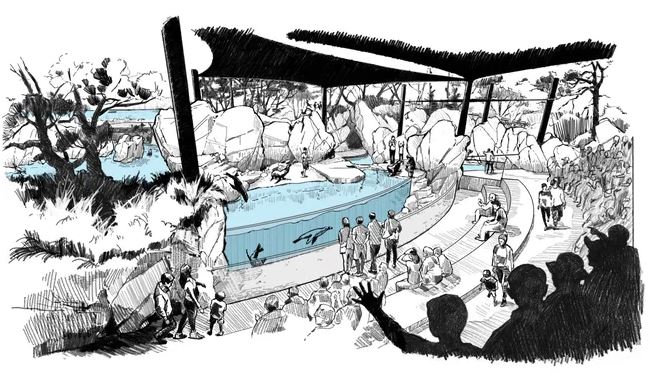Feb 27, 2025 Updated Feb 27, 2025
Tulsa World Staff Writer
Tulsa Performing Arts Center CEO Mark Frie unveiled plans to add a restaurant, bar and other pre- and post-function amenities and build a new 1,400-seat theater on the site of a parking lot it owns directly east of the PAC.
Those projects and the planned renovation of the PAC were all part of the facility’s 10-year master plan presented to city councilors during a committee meeting Wednesday.
The nearly $80 million in PAC renovations — including significant upgrades in infrastructure — will be funded through the voter-approved Improve Our Tulsa 3 sales tax package. Frie said the PAC plans to raise private dollars to fund the estimated $46.6 million expansion on the west side of the building.
The PAC also plans to raise private dollars for the new $110 million theater across Cincinnati Avenue, to the east, Frie said, and hopes to receive funding when the city’s next capital improvements package is put forth. “It activates the Performing Arts Center," Frie told councilors. “Our industry used to be that you got people in and out as quickly and safely as possible. (Now) if you look at successful performing arts centers throughout the world, it is an active place that is always buzzing, always open, and it really becomes the center for creativity and collaboration.
“And we believe that that west-side expansion would do that. And when people come back, there’s a wow factor and an awe moment, and it puts us, I believe, ahead of most of the other performing arts centers in the region."
Construction plans call for work on the PAC renovation and 60,000-square-foot west-side expansion to unfold simultaneously over three years beginning in January 2028, followed by construction of the standalone theater across the street.
The renovated PAC and the west-side expansion would be linked by a 250-foot-long sky bridge.
Such a scenario, however, would leave the PAC shuttered for three years, resulting in a more severe loss of revenue than the PAC experienced during the COVID-19 pandemic, Frie said.
Figures shared with city councilors Wednesday show an estimated $172 million loss in revenue citywide, including $14 million in lost sales tax collections, during the construction, which is also estimated to result in a 14% decrease in annual visitors to downtown.
“That’s really the worst part of this,” Frie said.
One way to address that problem, assuming funds are available, would be to flip the construction schedule and build the 1,400-seat theater first, Frie said. But if that is not feasible, he has a Plan B.
“We’re going to build a theater tent on steroids (across from the PAC),” Frie said. “This is a company out of Great Britain. These theaters are built to withstand wind of 120 miles an hour, which, unfortunately, we may have to test that theater.”
Frie said the estimated cost for such a temporary 1,200- to 1,400-seat structure would be approximately $2.5 million a year.
“These are theaters in a box," Frie said. "They come, they build these, all the seating, all the rigging, all the soft goods, restrooms, lobby space. All of this is included in what we could do to stay operational.”
Frie cautioned that having a large, temporary tent theater would not offset the expected economic loss from shutting down the PAC. Nor would it be capable of accommodating Broadway shows, the facility’s biggest moneymaker. It would, however, provide space for the countless local organizations that use the PAC for their shows.
“It would still keep people coming downtown while we’re doing these renovations,” Frie said. “So it’s a massive project; it’s a transformational project, but I really believe that (as) we’re looking at the next 100 years for performing arts in our city, it’s something we have to do.
“We’ve been pushing this off and pushing this off, and now it’s time, or we’re going to fall farther and farther behind other cities in the region.”
The PAC Trust has been trying to develop the parking lot across Cincinnati Avenue for years. A proposal to build a mixed-use development anchored by a grocery store fell through in late 2023. Frie told councilors that if the new theater is built on the property, an underground garage would be built below it.
City councilors expressed support for the proposal and indicated that they plan to approve a resolution saying so.
At the end of his remarks, Frie made a point of encouraging councilors to share the word on the important contributions the PAC makes to the community, both culturally and economically.
“I feel like the Performing Arts Center has a perception problem,” Frie said. “Part of it’s because of the building itself, but more importantly, remember, when I am at the table with Tulsa Tourism or the Chamber, or even within other circles, we are not viewed in the same light as some of our other cultural institutions, when in reality, we draw just as much, if not more people, than a lot of the institutions.
“So in your conversations, it would be helpful for us that people start to look at the Performing Arts Center like they do the BOK Center, like they do ONEOK Field, because it is extremely important to our city.”
PAC 10-year master plan highlights
• PAC infrastructure improvements: HVAC, plumbing, electrical
• Chapman Hall renovation: Reslope seating floor, new seating and additional two aisles
• New A/V, lighting, acoustic improvements, reconfigure pit wall
• New PAC dock: room for more trucks, new doors, passenger elevator, dressing rooms and banquet hall
• West-side expansion: Multi-floor lobby, grand staircase, additional restrooms
• Sky Bridge: Would connect renovated PAC to new east-side building
• New 1,400-seat theater on parking lot to the east across Cincinnati Avenue
• Underground parking with 500 spaces below new theater





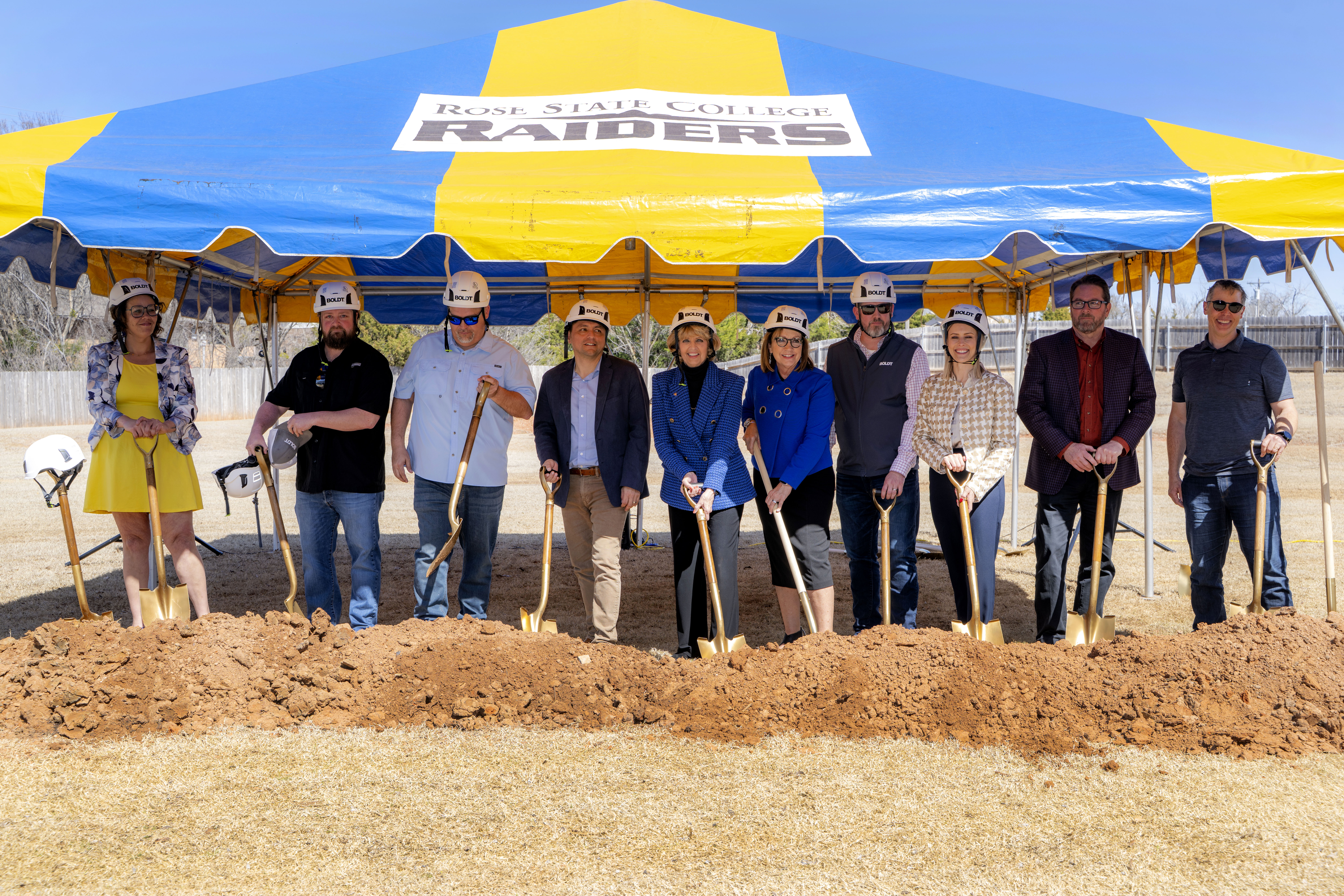
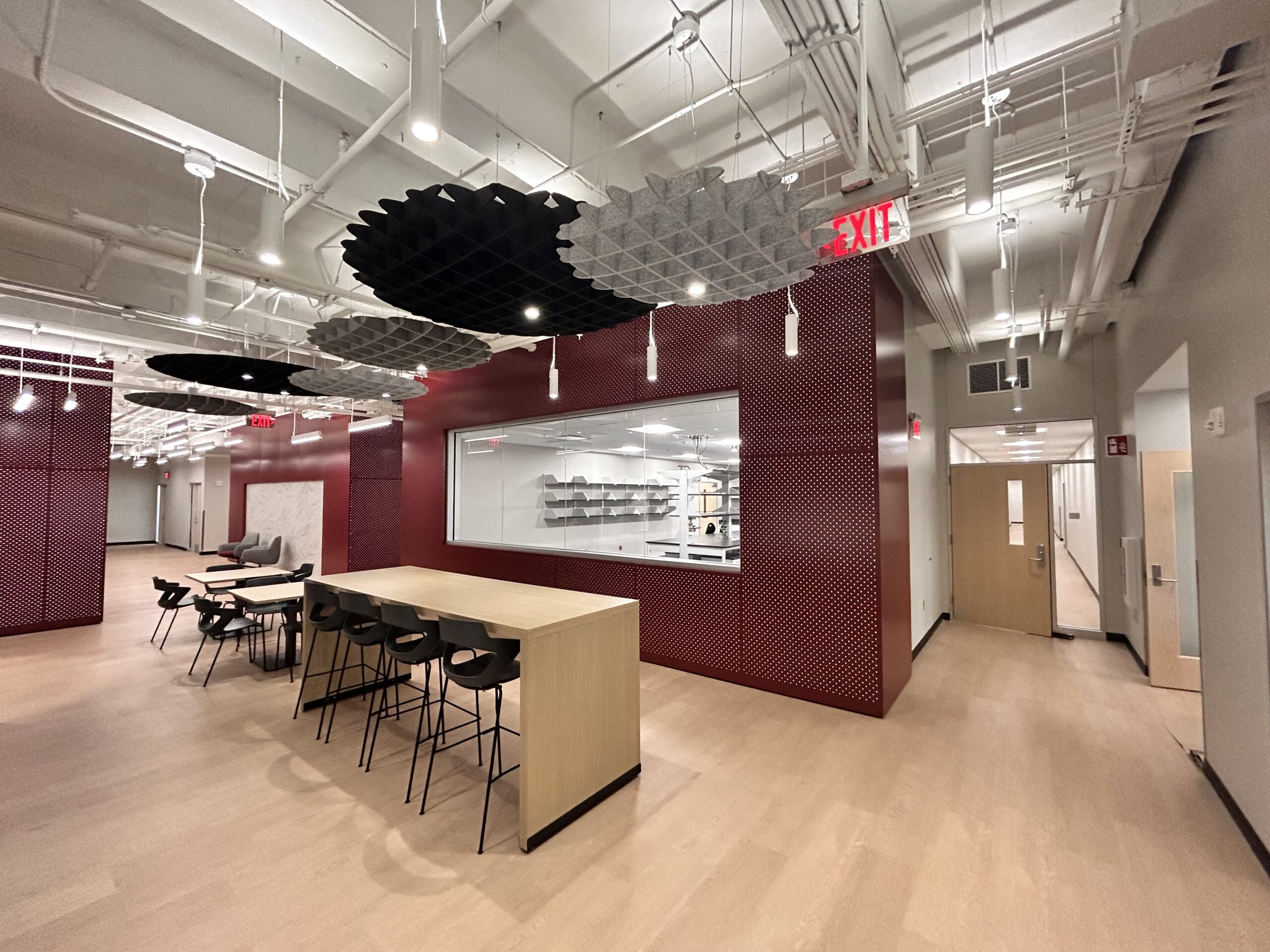
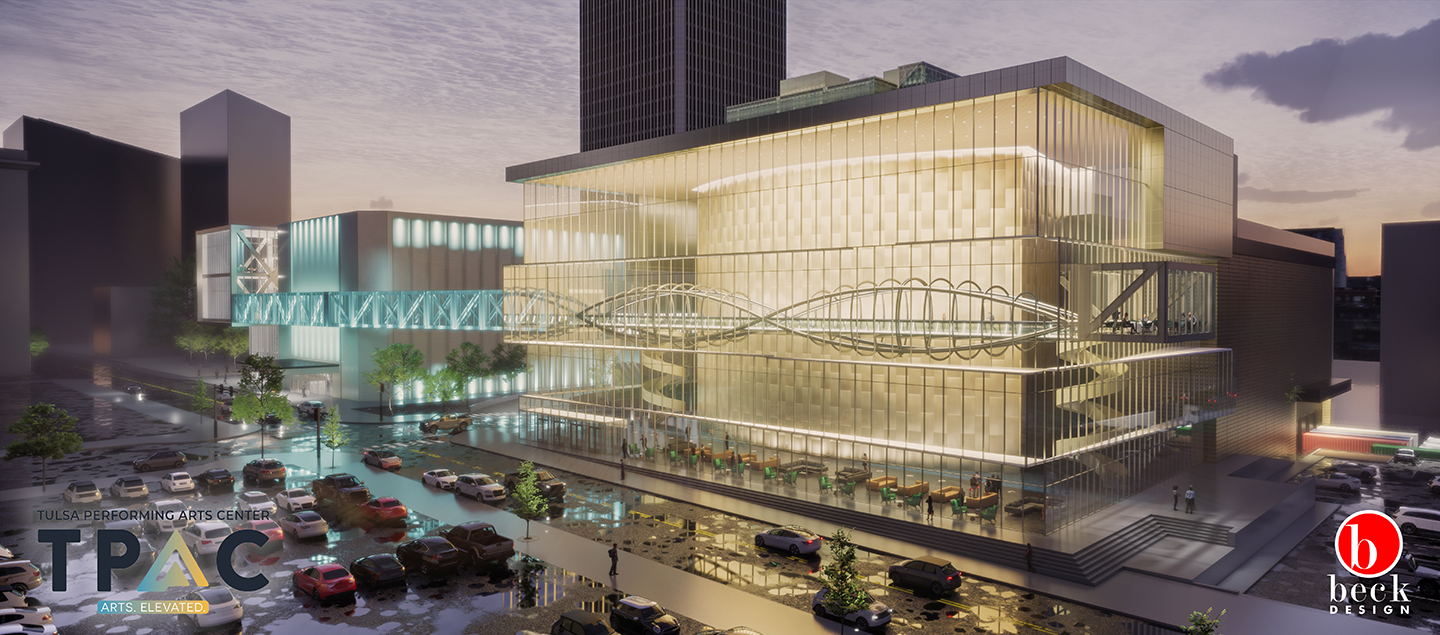
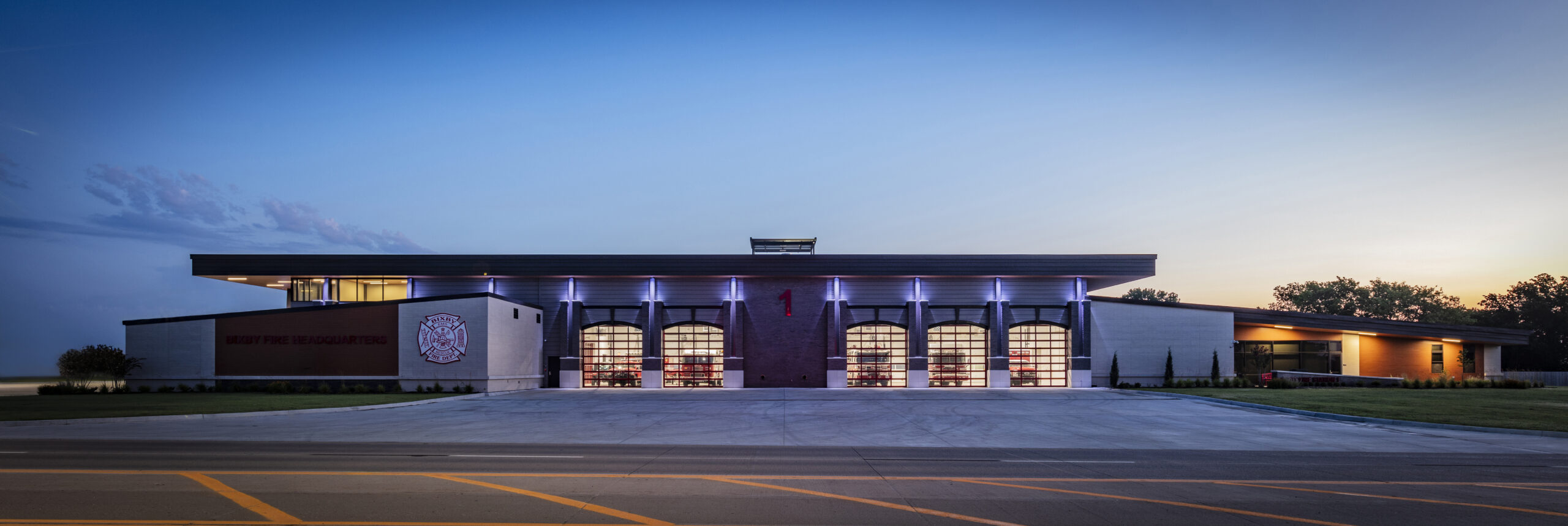
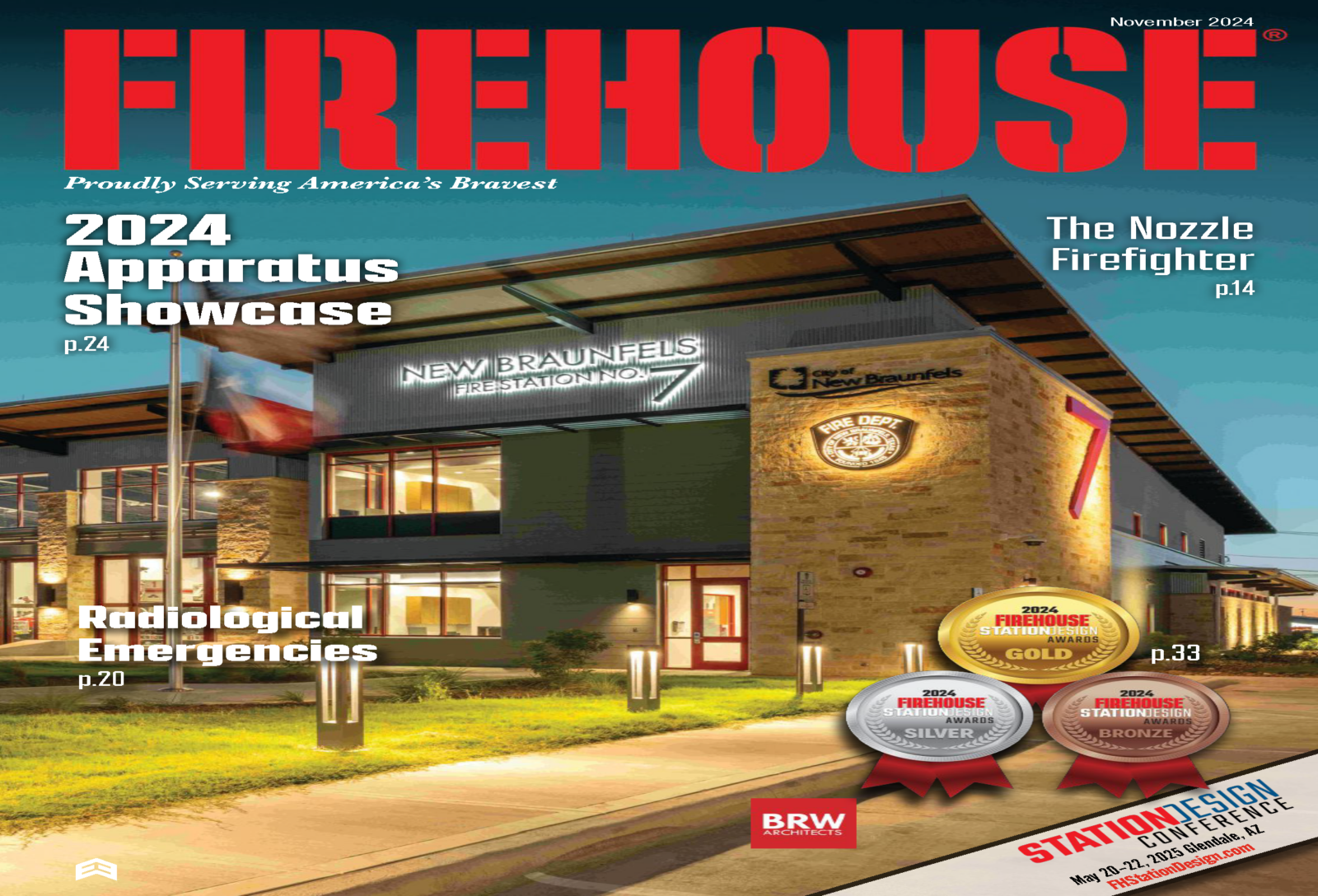
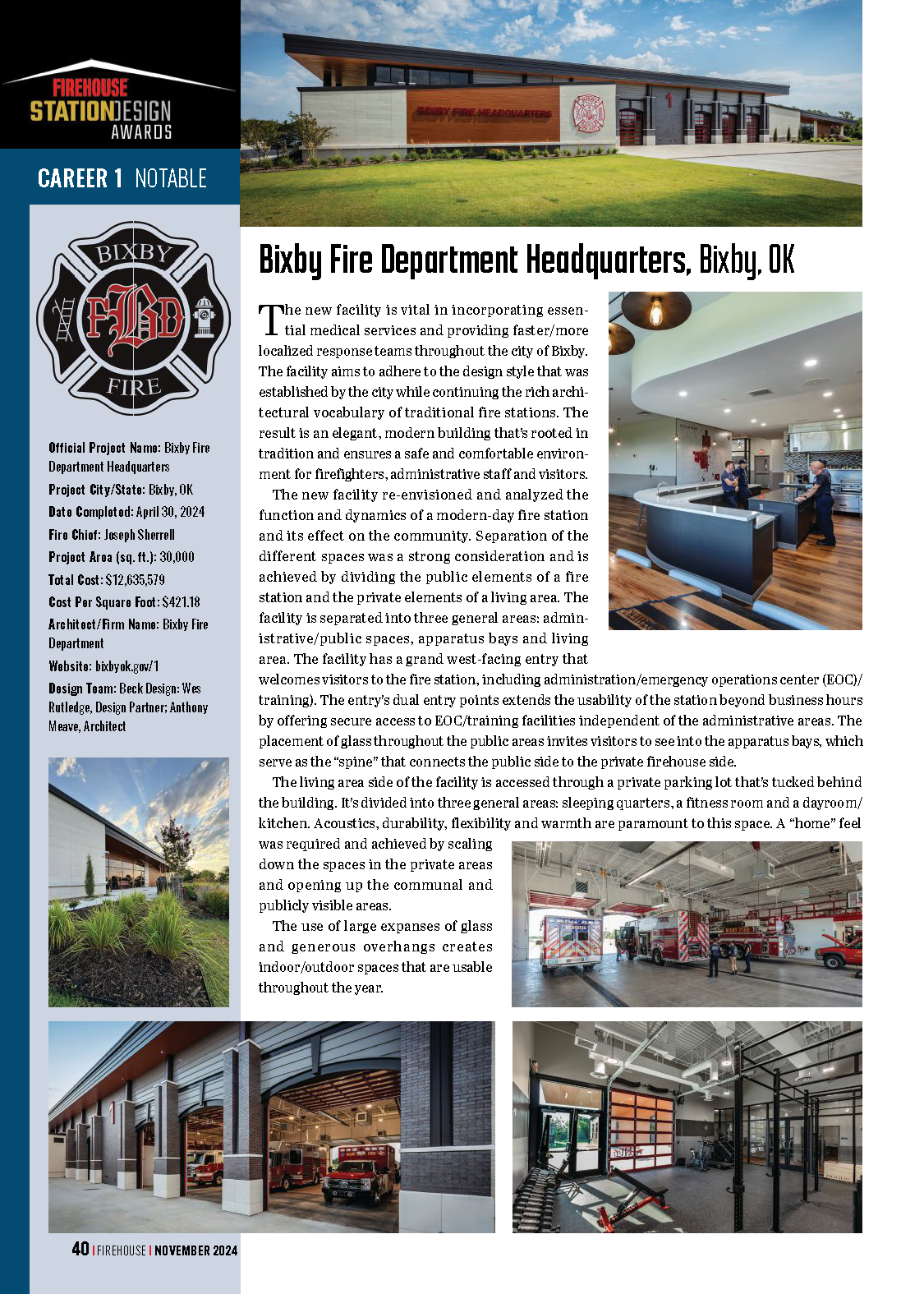
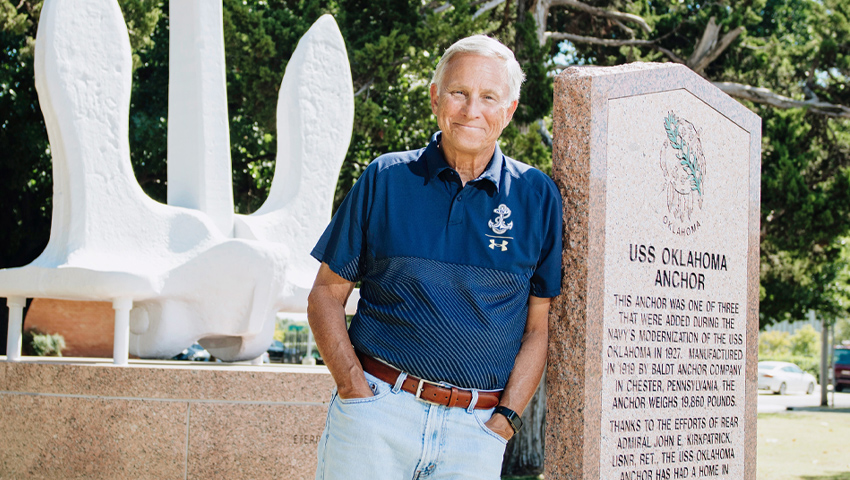
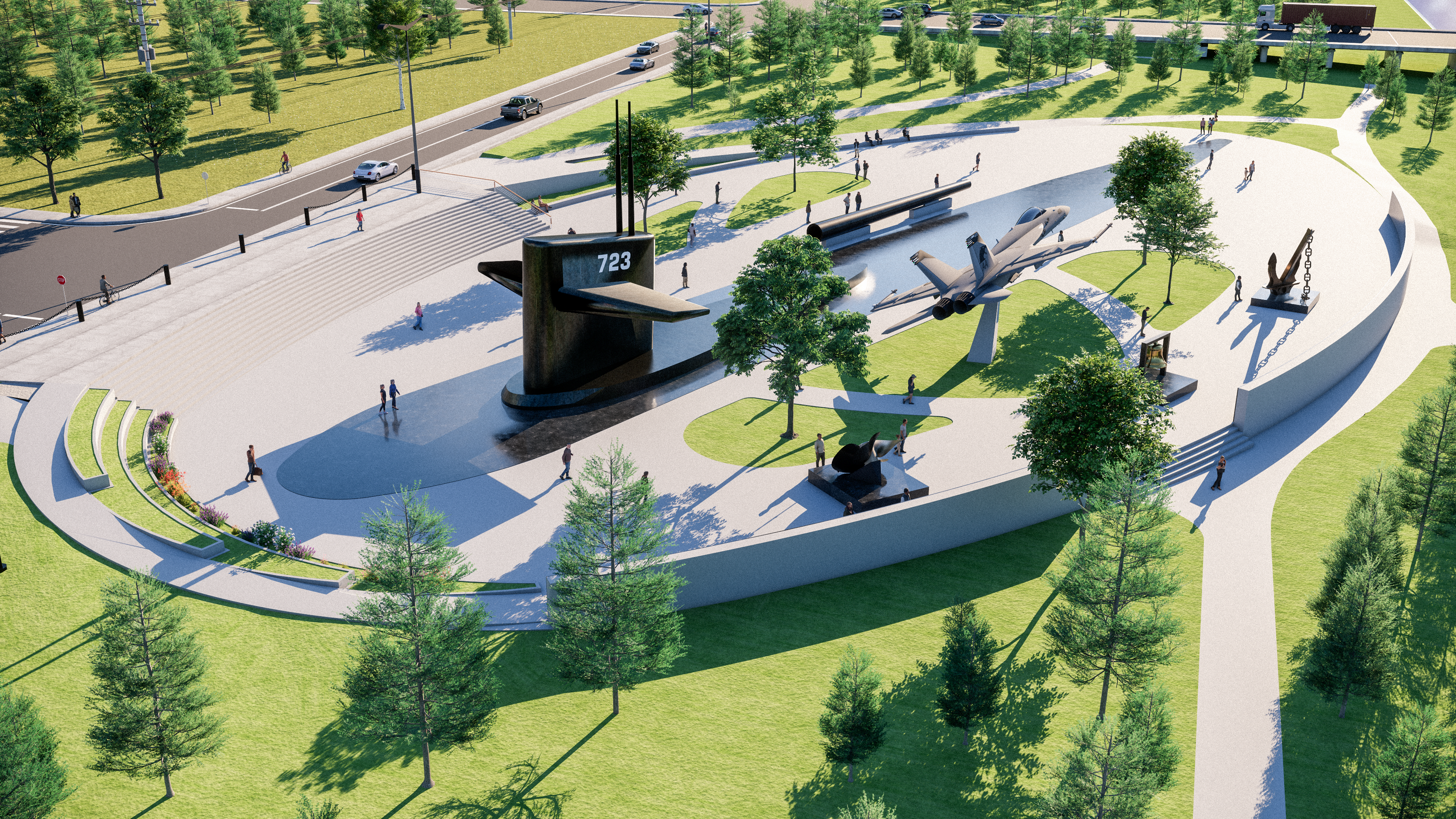
 Steve Lackmeyer
Steve Lackmeyer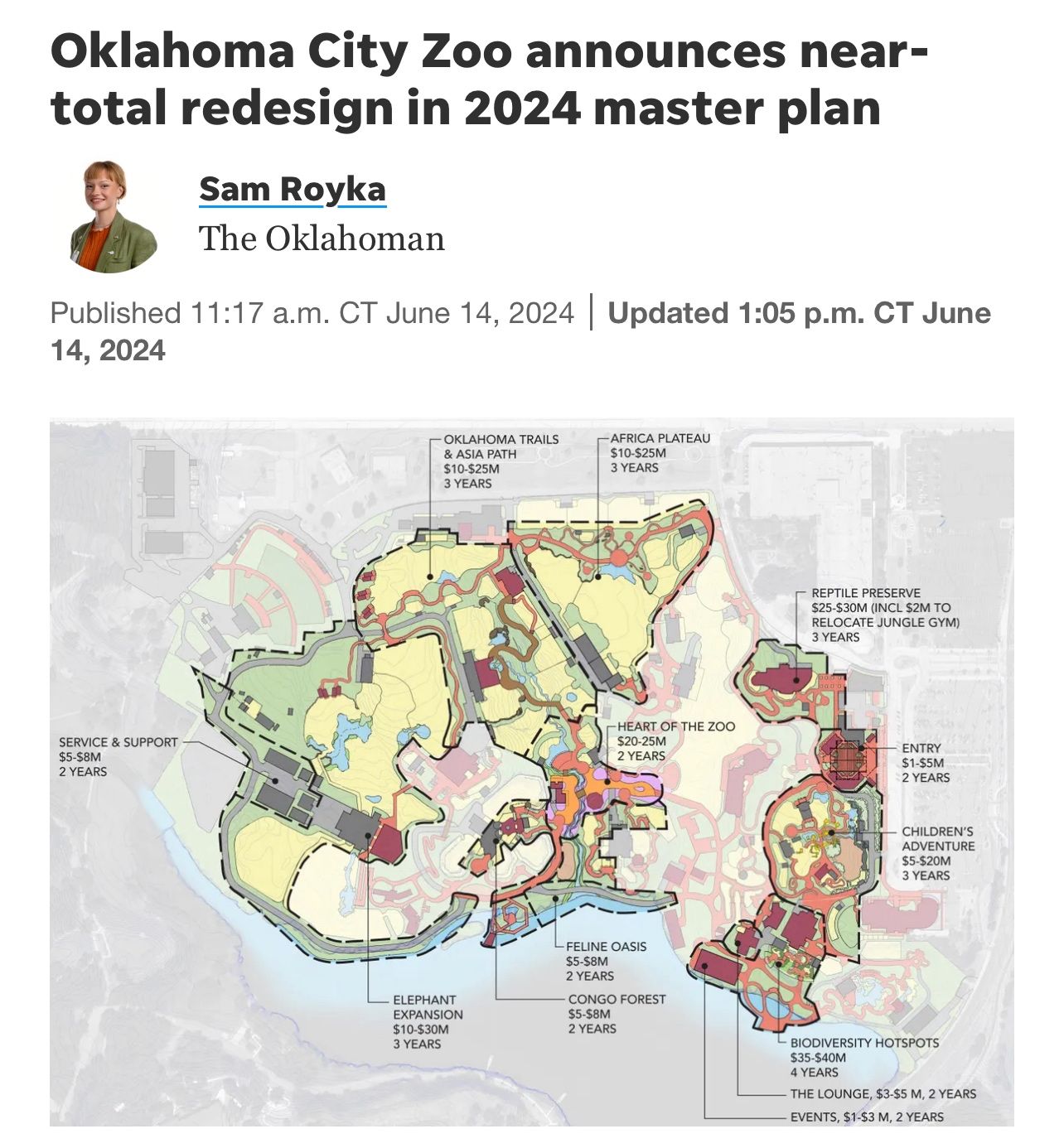
 Sam Royka
Sam Royka
